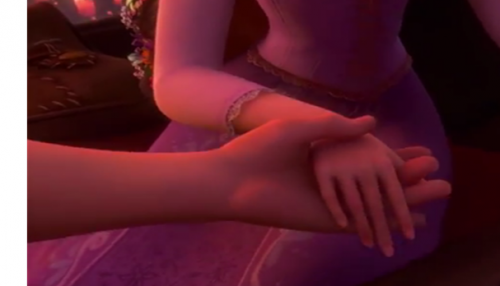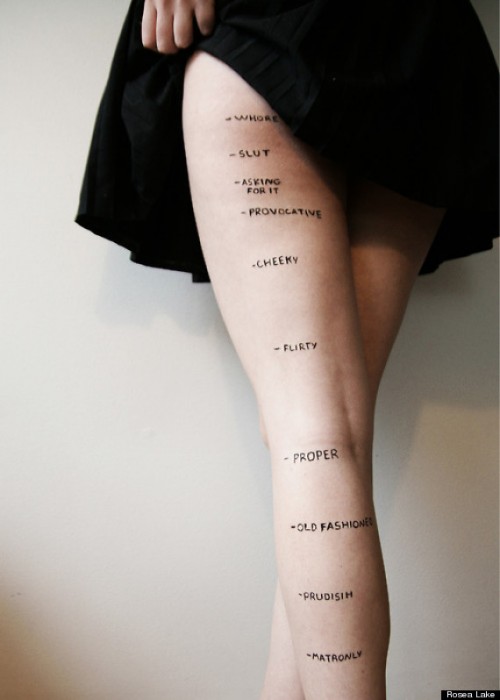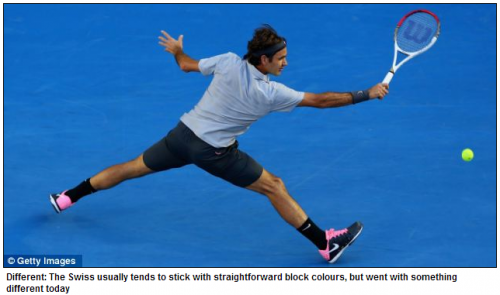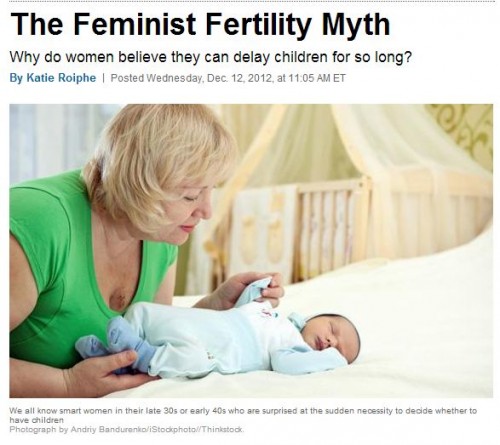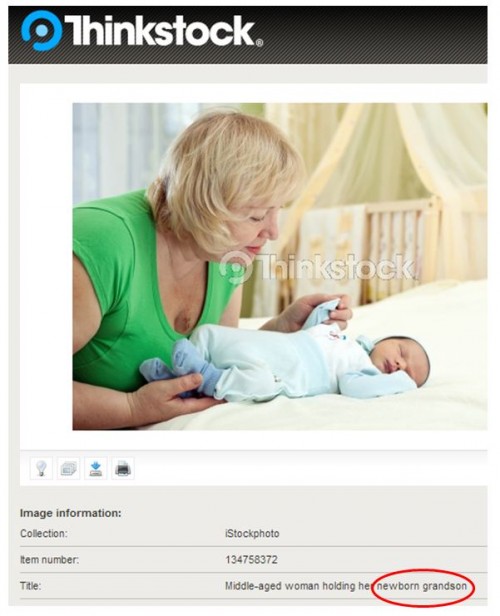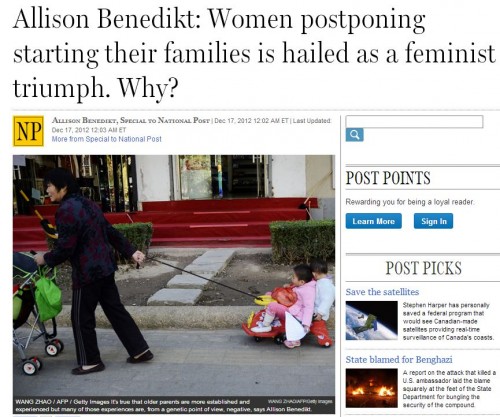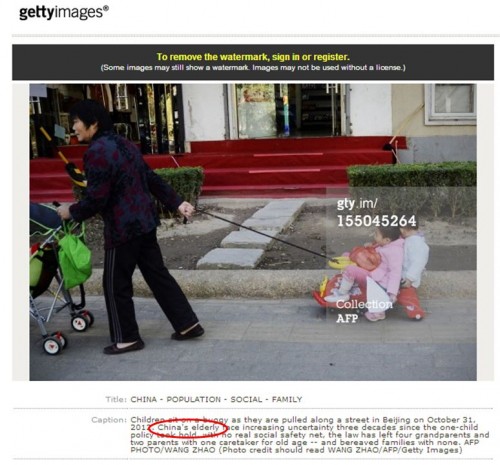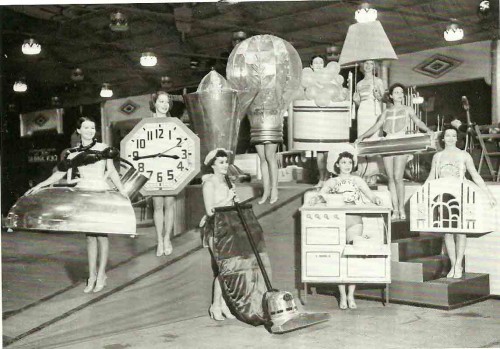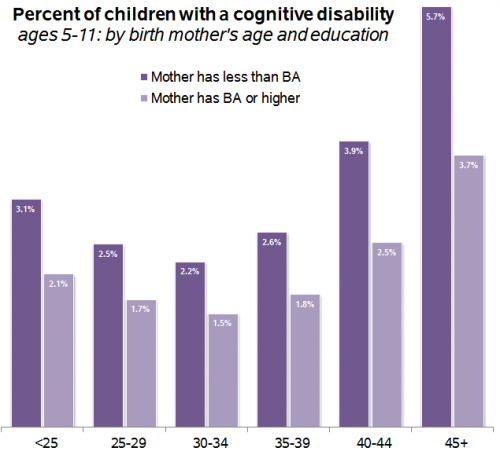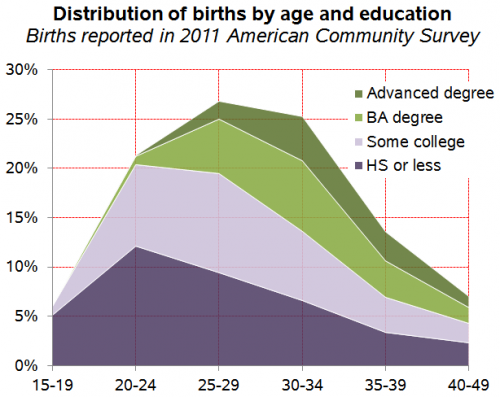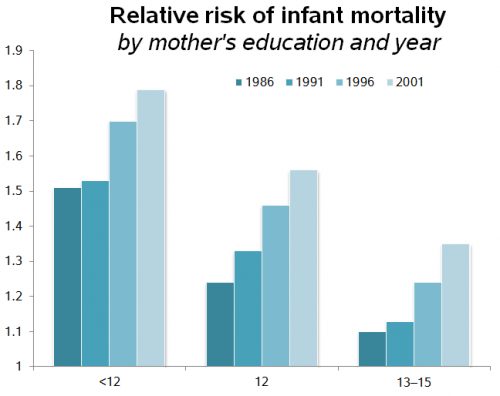Cross-posted at Family Inequality.
I previously complained about Tangled‘s 75%-male cast and extreme sex dimorphism — the habit of exaggerating average differences between men and women — in the romantic leads, as seen in this hand shot:
Keeping to my policy of two-year delays in movie reviews, let me add the same complaint about Gnomeo and Juliet, the charming adaptation from Disney’s Touchstone imprint. Here, a writing team of 8 men and 2 women (including Shakespeare) gives us a named cast of 14 men and 7 women, in a love story featuring these two adorable garden gnomes:
He’s only a little taller, and (judging by the gray beard) a little older. And in the movie she demonstrates bravery and feats of strength, as is now the norm. But look at those hands! Take a closer look:
What is it about hands that makes it so essential for men and women to have such differences?
In the “man hands” episode of Seinfeld we learned how distressing it can be for a man to find out the woman to whom he was attracted has large hands.
That scene required a hand double. In real life, men’s and women’s hands differ on average but with a lot of overlap in the distributions — lots of men have hands smaller than lots of women. But in animation the gloves are off — and Disney is free to pair up couples who are many standard deviations apart in hand size.
Philip N. Cohen is a professor of sociology at the University of Maryland, College Park, and writes the blog Family Inequality. You can follow him on Twitter or Facebook.

